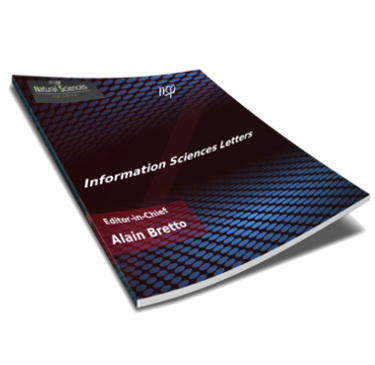
Information Sciences Letters
Abstract
Food quality measurement is one of the most essential topics in agriculture and industrial fields. To classify healthy food using computer visual inspection, a new architecture was proposed to classify beef images to specify the rancid and healthy ones. In traditional measurements, the specialists are not able to classify such images, due to the huge number of beef images required to build a deep learning model. In the present study, different images of beef including healthy and rancid cases were collected according to the analysis done by the Laboratory of Food Technology, Faculty of Agriculture, Kafrelsheikh University in January of 2020. The texture analysis of the beef surface of the enrolled images makes it difficult to distinguish between the rancid and healthy images. Moreover, a deep learning approach based on ResNet-50 was presented as a promising classifier to grade and classify the beef images. In this work, a limited number of images were used to present the research problem of image resource limitation; eight healthy images and ten rancid beef images. This number of images is not sufficient to be retrained using deep learning approaches. Thus, Generative Adversarial Network (GAN) was proposed to augment the enrolled images to produce one hundred eighty images. The results obtained based on ResNet-50 classification achieve accuracy of 96.03%, 91.67%, and 88.89% in the training, testing, and validation phases, respectively. Furthermore, a comparison of the current model (ResNet-50) with the classical and deep learning architecture is made to demonstrate the efficiency of ResNet-50, in image classification.
Recommended Citation
E. Abdallah, S.; M. Elmessery, Wael; Y. Shams, M.; and S. A. Al-Sattary, N.
(2023)
"Deep Learning Model Based on ResNet-50 for Beef Quality Classification,"
Information Sciences Letters: Vol. 12
:
Iss.
1
, PP -.
Available at:
https://digitalcommons.aaru.edu.jo/isl/vol12/iss1/24

